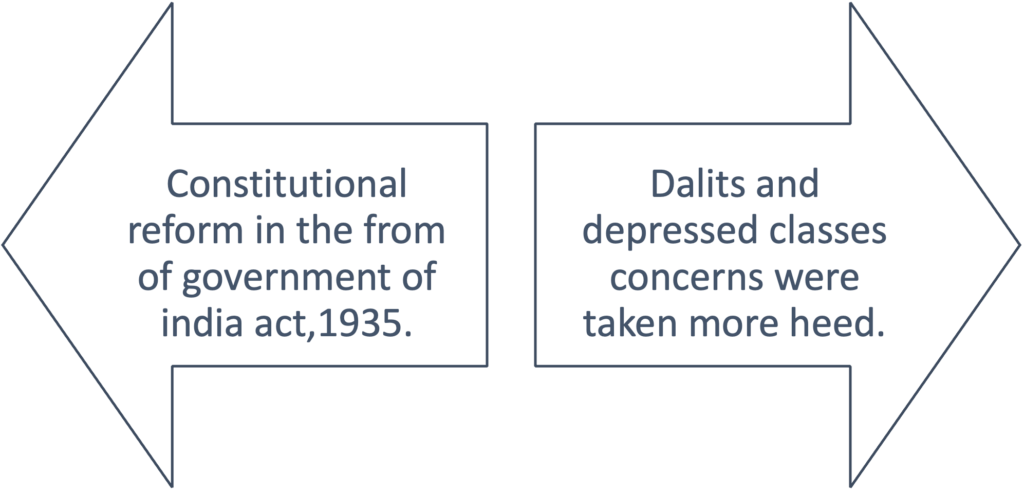26 July 2023 : Daily Answer Writing
Mains Answer Writing
One of the key components of these exams is the written test, which consists of a number of essay and comprehension questions. Candidates are expected to write clear and well-structured answers that demonstrate their knowledge and understanding of the topics being tested.
26-July-2023
Q. Discuss the limitations of the Civil disobedience movement. (150 words)
Solution introduction
Gandhiji presented 11 points following the mandates given by the Lahore congress and issued an ultimatum of January 1930. with no positive response from the government on these demands, the Congress working committee (CWC) invested Gandhiji with full powers to launch the civil disobedience movement.
Limitations of the Civil disobedience movement :
- Nature of Mass Struggle: The Mass movements were necessarily shortlived.
- Unlike individual heroics, the masses’ capacity to make sacrifices is limited.
- Lack of prominent leadership: The government started arresting the Congress leaders in many places.
- For example, frontier Gandhi Khan Abdul Gaffar Khan was arrested in April 1930. later Mahatma Gandhi was also arrested.
- The Congress Working Committee was banned in June.
- The Congress President Motilal Nehru was arrested.
- Violent nature of the movement: The movement turned violent after the arrest of popular leaders.
-
- For example, many were killed who protested the arrest of Frontier Gandhi in Peshawar.
- With the arrest of Gandhiji, many industrial workers of Sholapur attacked police posts, law courts, municipal buildings and railway stations.
- Hindu-Muslim unrest: Muslim population has been turned away from the movement because they were afraid of becoming a minority group in India after independence, as in democracy majority rules.
- Exhaustive nature of the movement: There were signs of exhaustion after September 1930, especially among shopkeepers and merchants who had earlier participated so enthusiastically.
- Dalit participation was limited: The involvement of Dalits was significantly less, even in the Nagpur region, where their organisation was vital.
- Congress had ignored them for long due to fear of offending Sanatanis.
- The alliance between Congress and Capitalists: Capitalist class persuaded Gandhi ji to return to the constitutional methods as they were tired of hartals, boycotts and social disruptions. So they wanted to destroy the movement or make peace between the government and Congress.
- For example, Bombay Mill Owner Homi Mody warned Gandhi against the renewal of the movement.
- Frustration among the masses: Due to the unilateral withdrawal of the mass movements by Gandhiji frustrated the common masses. They felt betrayed.
Two essential positive outcomes of the Civil disobedience movement: 
Conclusion
The British government suppressed the movement with force but failed to uproot people’s spirit of revolt and their nationalism and patriotism. So Civil disobedience movement took India, indeed, one step closer to getting purna swaraj.
Upload Answer here
For Enquiry

26 July 2023 : Daily Answer Writing

25 July 2023 : Daily Answer Writing

24 July 2023 : Daily Answer Writing

21 July 2023 : Daily Answer Writing

20 July 2023 : Daily Answer Writing

19 July 2023 : Daily Answer Writing

18 July 2023 : Daily Answer Writing

17 July 2023 : Daily Answer Writing

15 July 2023 : Daily Answer Writing

14 July 2023 : Daily Answer Writing




